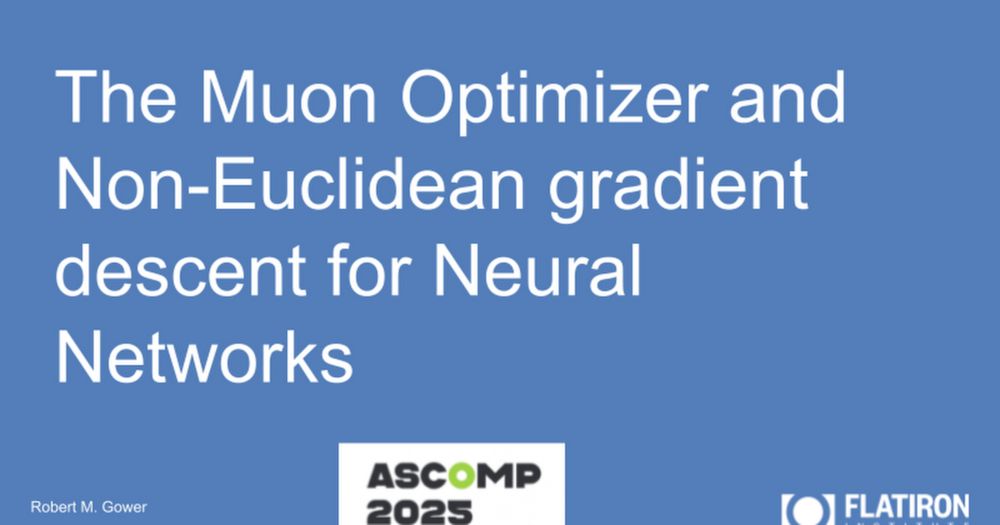











I have a few nice applications of online prox (all in variational inference), that are giving very practical methods, which is why I want to have some guarantees.
I have a few nice applications of online prox (all in variational inference), that are giving very practical methods, which is why I want to have some guarantees.

